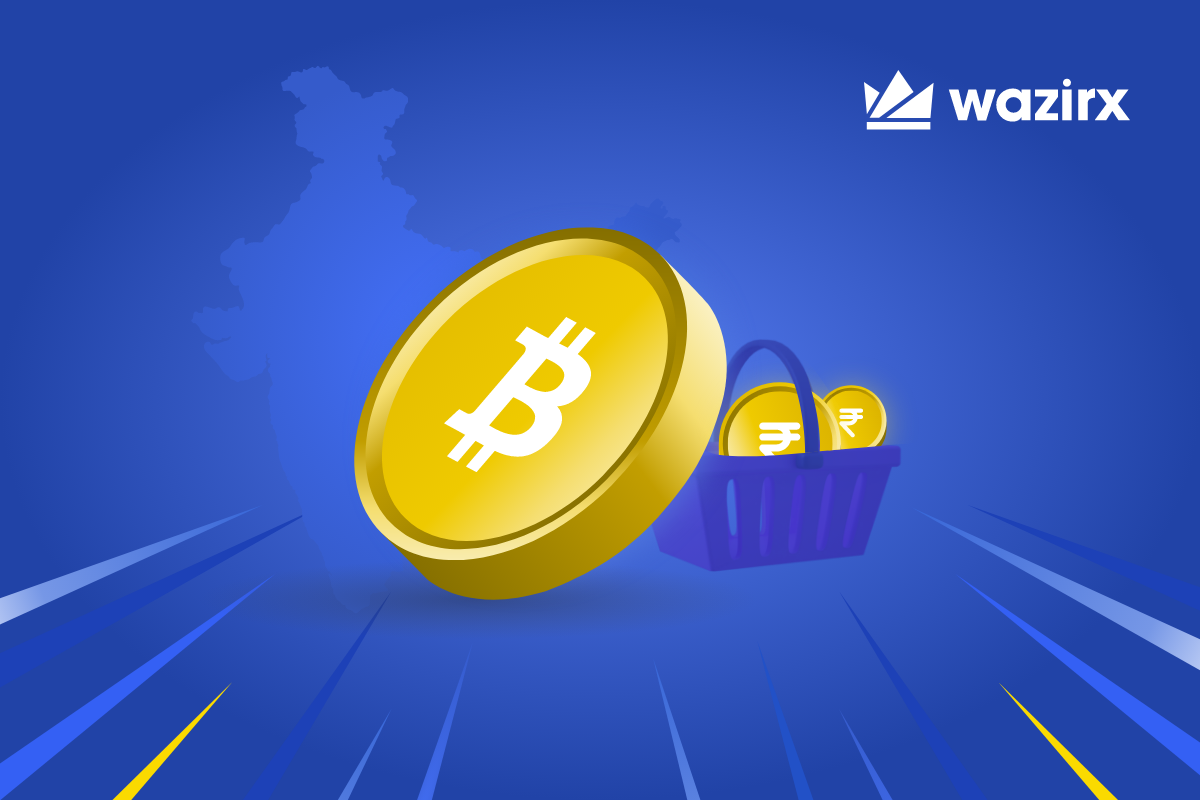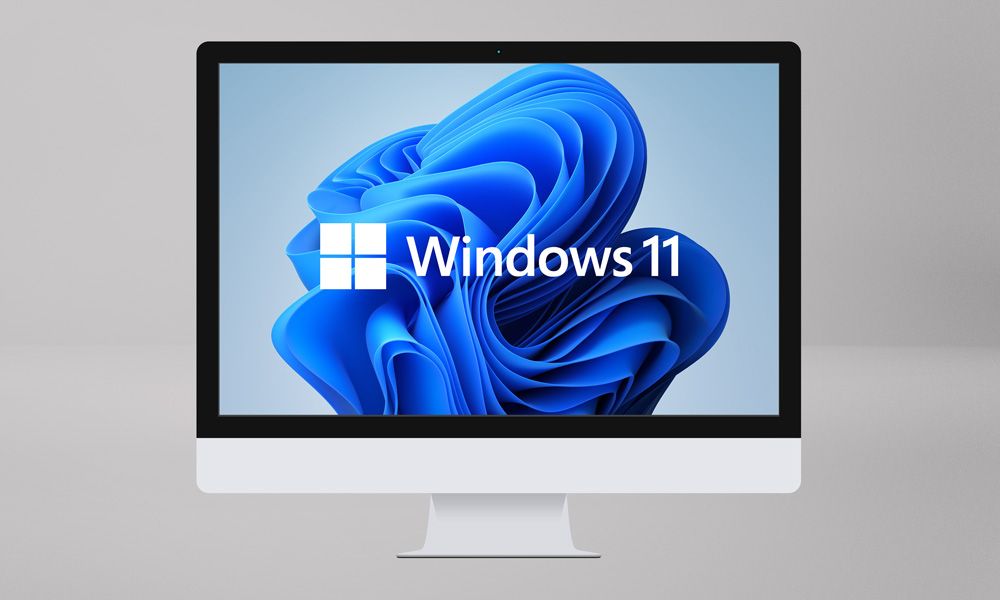[ad_1]
Bitcoin has caught the globe by storm since its inception in 2009. The rise in popularity of Bitcoin may be attributed to several factors, including its ease of use and reliability as a payment mechanism. Bitcoin allows you to send money to other people quickly, easily, and securely, and it is decentralized. In addition, the network’s decentralized design provides for improved openness and trust.
Bitcoin uses the Blockchain as a ledger to keep track of all network transactions. Rather than relying on a single centralized server, it employs a network of nodes, with each transaction being validated, recorded, and disseminated among them. Since there are no regulatory organizations or time-consuming documentation involved, overhead and the possibility of mistakes are eliminated.
However, the picture isn’t entirely rosy. The expenses connected with the transaction, which can accumulate during network congestion, are one of the trade-offs that come with security. In addition, during moments of high traffic, processing speeds might grind to an unacceptably sluggish pace. Taking some Bitcoin transactions off the Blockchain may simplify, speed up, and reduce the cost of your transactions.
This raises the question of whether on-chain or off-chain transactions are preferable. In this blog, we’ll learn about the differences between them.
What are on-chain transactions?
Transactions that take place on the Blockchain are known as on-chain transactions. It is the more common of the two transaction types, and it necessitates a blockchain network upgrade.
A certain number of confirmations by miners is required to complete an on-chain transaction. The time it takes to perform an on-chain transaction is also affected by network congestion. As a result, if there is a significant volume of transactions to be confirmed, transactions may be delayed. You may, however, pay a more substantial cost if you want them to finish sooner. Only when more than 51% of the network’s members agree that a transaction is correct and the ledger is fully updated do on-chain transactions become implemented (and irreversible).
What are off-chain transactions?
The second type of blockchain transaction is off-chain transactions. They are distinct from on-chain transactions in several respects.
Transaction agreements that take place off the Blockchain are known as off-chain transactions. Off-chain transactions are handled using a mechanism similar to that used on payment platforms.
The participants in the transaction have the option of reaching an agreement outside of the Blockchain. For example, a third party may be involved in the following stage to validate the transaction’s completion and verify that the deal has been followed. As a result, the third party acts as a transaction guarantee.
This is the approach used by the majority of decentralized exchanges today, in which the exchange acts as an escrow. First, it offers the transaction platform and regulations. Then, the actual transaction is conducted on the Blockchain once the parties have agreed on conditions outside the Blockchain.
In many circumstances, off-chain transactions can benefit from codes or discounts. These are redeemable codes or vouchers that may be redeemed for cryptocurrency. The third party is in charge of holding the codes or coupons and redeeming them at the appropriate time.
Off-chain transactions can also be carried out by the parties exchanging private keys. The crypto assets engaged will not abandon the wallets if this method is used. The ownership of the asset is changed without affecting the Blockchain. As a result, the transaction is immediate and without delay.
On-chain transactions Vs. off-chain transactions
Off-chain transactions are transactions that take place outside of the blockchain network. Off-chain transactions are when participants agree that a third party will ensure or validate the transaction’s authenticity or completion. The two parties may, for example, trade their private keys, allowing them to swap crypto assets without having to transfer any money from their e-wallets.
On the other hand, off-chain transactions take happen without affecting the Blockchain. As a result, blockchain miners are no longer necessary to wait to validate transactions, lowering transaction fees and speeding up the process. Off-chain transactions are likewise not recorded on the Blockchain; therefore, there is no network log of the transaction or financial information available in the event of a dispute between the parties.
On the other hand, on-chain transactions are executed on the blockchain network and are irreversible. Although on-chain transactions take substantially longer due to the validation process employed by miners, having the transaction confirmed by participants and published on the blockchain network enhances security significantly.
Off-chain transactions have nothing to do with cryptocurrencies; on-chain transactions, on the other hand, are ideal for bitcoin transfers. The use of Decentralised Identifiers (DIDs) is an excellent example of this. A DID might be public domain data linked to the public in the same manner that Bitcoin is.
On the other hand, DID is linked to PII (Personally Identifiable Information). It’s kept on a sidechain that only you have access to. On the Blockchain, you have total control over your identity data, allowing you to choose who, when, where, and how you disclose your PII data.
Final thoughts
There are several considerations to consider when selecting whether to finish transactions on or off the Blockchain. Off-chain transactions are excellent for people searching for quick, cheap, and discreet transactions. On the other hand, on-chain transactions may be preferable for those desiring security, validity, and immutability. Understanding the advantages and disadvantages of both on-chain and off-chain transactions and what you want and need from your payment experience will assist you in making the proper selection for your requirements.
[ad_2]
Source link





